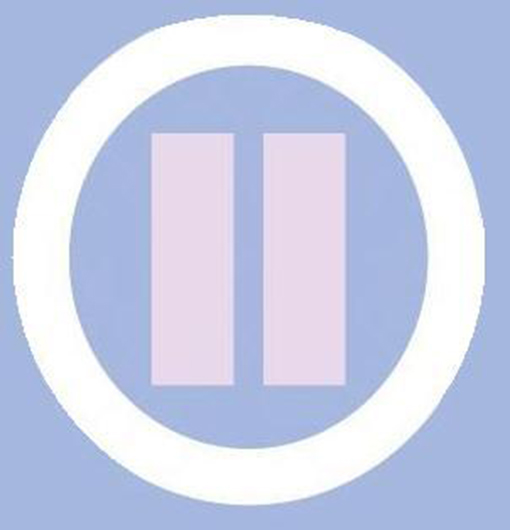By Dr. Donna L. Hamilton, MD, MS, FAAP
For years pediatricians and sleep specialists have encouraged parents to keep televisions and computers out of their children’s bedroom in order to support optimal health and wellness. The preliminary findings of a pilot study might add another piece of electronic media to the list: cell phones. The study, conducted by physicians at the Sleep Disorder Center at JFK Medical Center in Edison, NJ found that almost 80% of students who texted or used other electronic media at bedtime had persistent problems falling asleep. This suggests something as simple as a cell phone can become an obstacle on the journey to optimal health and wellness for younger family members.
Presented at the 2010 annual conference for the American College of Chest Physicians, the findings indicate that texting and surfing the internet impact more than teens’ ability to fall asleep. “Children who engage in pre-bedtime use of technology have a high rate of daytime problems, which can include attention deficit hyperactivity disorder, anxiety, depression, and learning difficulties,” said Peter G. Polos, MD, PhD, FCCP, lead study author. “This is in addition to nighttime problems, such as excessive movements, insomnia, and leg pain.”
To study the effects of communication technology on sleep, Dr. Polos and colleagues studied 40 students. The average age was 14.5 years old. In addition to sleep and performance effects, researchers also found a gender difference in technology use. Girls preferred to talk and text after hours, while boys preferred to surf the internet and play video games. “One of the most surprising findings of our research was the average number of texts and e- mails sent per night. It is significant that these children are engaging in stimulating activity when they should be in an environment to promote sleep,” said Dr. Polos. The average number of bedtime texts sent during a month was an astounding 3,404.
Though these findings are preliminary, they suggest bedtime use of communication technology might have a significant adverse effect on adolescent’s sleep and their general wellness. They also indicate a possible effect on teens’ ability to function optimally during the daytime. “The prevalence of insomnia and other sleep disorders is cause for great concern, given their potential consequences on a child’s ability to function in school,” said David Gutterman, MD, FCCP, President of the American College of Chest Physicians.
Several studies already indicate the negative effect of daytime sleepiness on adolescent health. The National Sleep Foundation highlights research suggesting inadequate sleep puts adolescents at increased risk for unintentional injuries and death, poor school performance, lower grades, and increase mood disturbances 1. Some studies also reveal a correlation between sleep loss and drug use 2, 3.
Fortunately parents can promote healthy sleep habits for their children. In addition to creating a healthy sleep environment and creating positive sleep routines, they can discuss appropriate sleep-time technology use with their children. Dr. Polos also suggests parents enforce guidelines for using technology. “Using cell phones or computers, or surfing the Internet, with all the graphics and rapid responses, is more addictive, seductive, and interactive than passively watching television, said Dr. Polos. “The sooner parents establish appropriate times for children to use this technology, the better.” It’s important to support children in having an effective personal wellness regimen. It’s also important to help them develop habits that will work with an effective personal wellness plan when they are older.
“Sleep is largely habitual in nature,” said Dr. Polos. “If children begin this type of behavior, they may set themselves up for the need for external stimulation before sleep later in life. The effects of this can include sleep-onset insomnia, insufficient sleep, and daytime sleepiness.”
Creating healthy habits now can help your children experience greater wellness throughout their life. For additional sleep tips for children visit these websites:
The National Sleep Foundation www.SleepFoundation.org
The American Academy of Pediatrics Parents Corner www.HealthyChildren.org
Be well!
Dr. Donna
1 Adolescent Sleep Needs and Patterns, National Sleep Foundation, 2000
2 Medinick et al, “The Spread of Sleep Loss Influences Drug Use in Adolescent Social Networks”, PLoS ONE, March 2010 5:3, e9775
3 Wong et al, “Sleep Problems in Early Childhood and Early Onset of Alcohol and Other Drug Use in Adolescence,” Alcoholism: Clinical and Experimental Research, 28:(4) 578–587, April 2004
Holistic Wellness Speaker Donna L. Hamilton, MD, MS, FAAP is a former board-certified pediatrician residing in Northeastern Pennsylvania. She is Chief Wellness Officer and co-owner of Manifest Excellence, LLC. Dr. Hamilton specializes in holistic wellness promotion and speaks nationally on this topic. Her company Manifest Excellence teaches a comprehensive approach to health and wellness by addressing mental, emotional, social, spiritual and physical wellbeing. For more information visit www.ManifestExcellence.com
© 2010 Donna L. Hamilton, MD
Photo courtesy of FreeDigitalPhoto.net, © Andy Newson
- 10 Quick, Easy Holiday Self-Care Tips - December 15, 2017
- Health Benefits of Kindness and Compassion - June 3, 2017
- Why Self-Care is Good for Your Health - May 10, 2017






